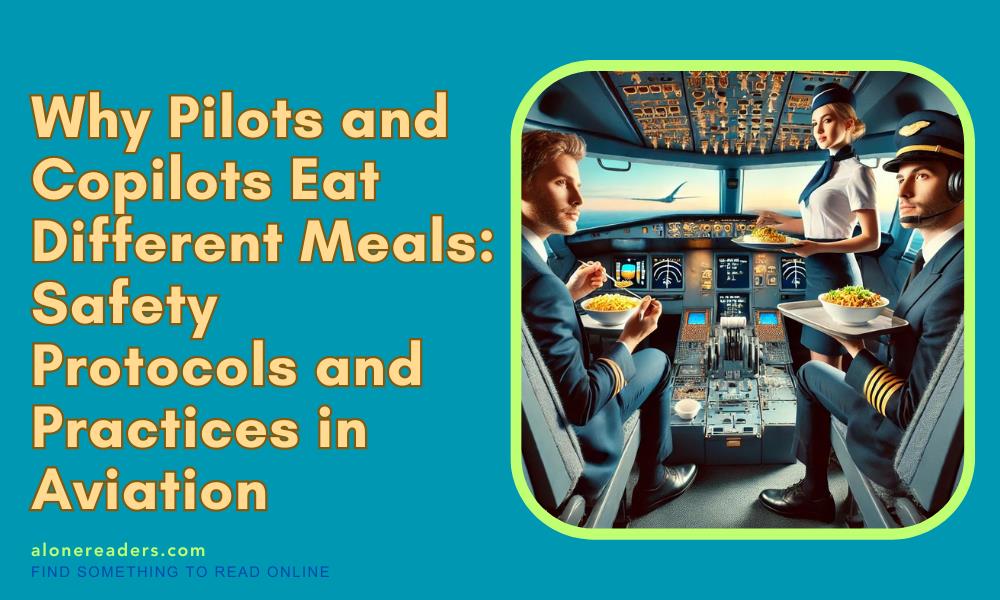
In the intricate world of aviation, safety protocols are paramount, with each rule and regulation designed to ensure the safety and well-being of passengers and crew. Among these protocols is a lesser-known yet critical rule: pilots and copilots must eat different meals while on duty. This practice, though seemingly simple, plays a significant role in maintaining operational integrity during flights.
The rationale behind this rule is rooted in the need to minimize the risk of foodborne illnesses incapacitating both pilots simultaneously. Food poisoning, which can result from consuming contaminated food, can cause severe symptoms such as vomiting, diarrhea, and abdominal pain. If both the pilot and the copilot were to fall ill at the same time, it could jeopardize the safety of the flight. Therefore, by ensuring they consume different meals, the likelihood of both being affected by the same foodborne illness is significantly reduced.
When it comes to meal selection, the cabin crew plays a crucial role in monitoring and enforcing this protocol. If both the pilot and the copilot request the same meal, the cabin crew is required to inform the captain immediately. The captain, being the final authority on the aircraft, then decides whether to grant or deny the request based on various factors, including the availability of alternative meal options and the potential risk involved.
This decision-making process is not taken lightly. The captain must consider the operational implications of both pilots consuming the same meal. If no viable alternative meals are available, the captain might permit both pilots to have the same meal but will ensure they eat at different times. This staggered approach allows one pilot to be alert and capable of managing the flight while the other consumes their meal, thus providing a buffer period to observe any adverse reactions.
In addition to mitigating the risk of foodborne illnesses, this protocol also highlights the broader safety culture in aviation, where redundancy and backup systems are integral to operations. Similar to how aircraft are designed with multiple backup systems to handle mechanical failures, the practice of pilots eating different meals is a precautionary measure to handle human vulnerabilities.
Furthermore, airlines often implement stringent guidelines regarding meal preparation and handling to further minimize the risk of foodborne illnesses. These guidelines include sourcing ingredients from reputable suppliers, adhering to strict hygiene standards during meal preparation, and maintaining proper storage temperatures. By doing so, airlines aim to ensure the highest possible safety and quality of in-flight meals.
The practice of pilots eating different meals also underscores the importance of communication and coordination within the flight crew. The cabin crew, responsible for meal service, must be vigilant and proactive in ensuring compliance with this protocol. This requires clear communication channels between the cabin crew, pilots, and the captain. It also necessitates a thorough understanding of the underlying reasons for this practice to ensure its consistent application.
From a passenger's perspective, this protocol might seem like a minor detail in the grand scheme of a flight's operation. However, it serves as a reminder of the extensive measures taken to ensure their safety. Each aspect of flight operations, from meal service to emergency procedures, is meticulously planned and executed to mitigate risks and enhance safety.
In conclusion, the practice of pilots and copilots eating different meals is a critical safety protocol in aviation. It reduces the risk of both pilots being incapacitated by foodborne illnesses, thereby ensuring continuous and effective flight operation. The involvement of the cabin crew and the decision-making authority of the captain further emphasize the collaborative efforts required to uphold this safety measure. As passengers, understanding these protocols can provide a deeper appreciation of the complexities and dedication involved in ensuring a safe and smooth flight experience.